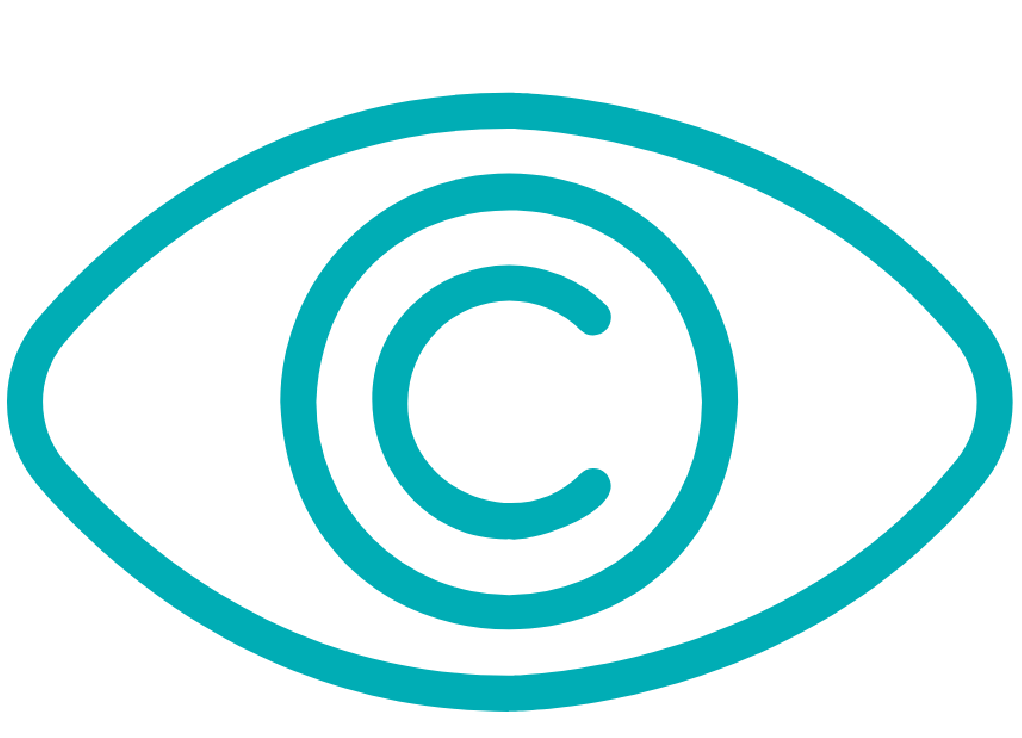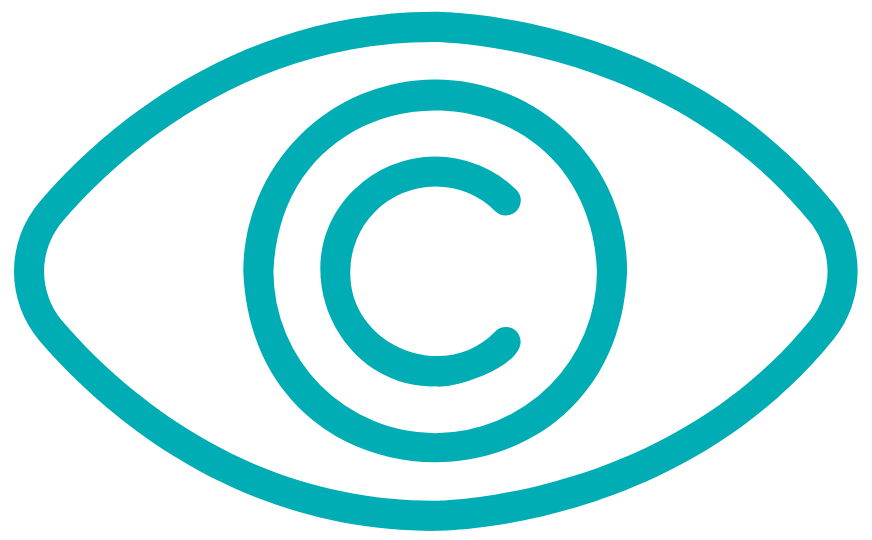Frequently Asked Questions
How often are eye exams needed?
Even if your vision is perfect, regular comprehensive eye exams are essential, with the frequency depending on various factors. Age, family and personal medical histories, previous eye injuries, existing eye conditions, and environmental or occupational factors all influence how often you should have your eyes checked.
According to guidelines from the American Optometric Association:
- Children: It is recommended to have an initial eye exam between six to 12 months of age, another between three and five years old, before starting first grade, and then annually thereafter. However, if there are certain risk factors or diagnosed vision issues, the exam schedule may differ.
- Adults: For adults aged 18 to 39 without risk factors, an eye exam every two years is sufficient. At age 40, a baseline exam is recommended, as several eye diseases can develop with age. Between 40 and 64 years, the recommended schedule depends on individual risk factors. At-risk adults may need annual or more frequent exams, while low-risk adults may be advised to have an exam every two years. For adults 65 and older, annual exams are strongly recommended.
Do you perform infant and child eye exams?
Yes! Dr. Seiden is well-versed in performing these exams. Prior to your child's first eye exam, read this article for more information!
What do I need to bring to a comprehensive eye exam?
If applicable, please bring your current eyeglasses or contact lenses prescription to your appointment, along with any reading glasses, computer glasses, protective eyewear, or other visual aids you use. Since pupil dilation can make you sensitive to light for several hours, don't forget to bring sunglasses.
During your visit, in addition to your medical and eye health history, we will ask about your family's eye health history and any factors that may increase your risk of eye disease. It is helpful to be prepared with this information, as well as a comprehensive list of any medications you are taking. Remember to bring your medical and vision insurance cards too.
Your appointment is also an excellent opportunity to discuss any concerns or questions you have and to receive helpful eye care tips and guidance.
What is the difference between a vision screening and a comprehensive eye exam?
Vision screenings provide a basic assessment of eyesight and are typically conducted by a school nurse or pediatrician. While they can detect potential vision impairments that may need further attention, they are not sufficient for diagnosing or treating vision problems. A comprehensive eye exam conducted in person is the only way to accurately detect and diagnose vision abnormalities, as well as identify any underlying eye diseases.
Does insurance cover a comprehensive eye exam?
While each vision insurance plan provides its own set of benefits, the coverage for routine care like annual exams and eyewear can differ. In cases where your eye condition qualifies as a medical issue, some coverage may also be available under your medical insurance. Our goal is to maximize your insurance benefits and reduce your out-of-pocket costs as much as possible. While our financial office is knowledgeable about insurance coverage complexities, it is advisable to review your specific benefits directly with your insurance provider.
What are the differences between an exam for eyeglasses and one for contact lenses?
Contrary to eyeglass lenses, which are situated about 12mm from your eye, contact lenses rest directly on its surface. Your contact lens prescription necessitates details about your eye's anatomy, such as corneal curvature, lens diameter, and other individual parameters, to determine the required lens power for correcting any vision issues. This information is crucial for achieving an accurate fit and providing optimal vision correction, promoting comfortable and healthy wear.
Can contact lenses damage my eyes?
While contact lenses provide a convenient and comfortable option compared to eyeglasses, it is crucial to handle, wear, and maintain them according to instructions. When properly cared for, the risk of complications is minimal. However, neglecting to wear or care for your contacts can result in serious problems like eye infections, corneal abrasions, dry eyes, corneal ulcers, or even vision loss. Remember to remain vigilant and seek professional guidance and care promptly if any issues arise.
Are contact lenses right for everyone?
Contact lenses offer millions of individuals an effective and gratifying solution for various vision impairments and eye concerns. Nonetheless, certain individuals may find them uncomfortable or unsafe to wear. If you are susceptible to eye infections, have severe allergies or persistent dry eyes despite treatment, work in a dusty environment, or struggle with proper lens care, exploring alternative care options may be beneficial.
Can children wear contact lenses?
The considerations for contact lenses in children are similar to those for teenagers and adults, but with some additional factors to keep in mind. Whether a child is suitable for contact lenses and when they can start wearing them safely depend on various factors. Parents need to assess the child's ability to responsibly and effectively care for the contacts. Additionally, any underlying medical conditions or severe seasonal allergies should be taken into account. At Family Eyecare of Brighton (FEOB), we offer expert guidance and comprehensive care to help you choose the best and safest vision care options for your child.
Can I shower, take a bath, or swim with contact lenses?
The United States Food and Drug Administration advises against exposing contact lenses to any form of water due to the presence of certain bacteria in impure water, which can increase the risk of infection and potential vision loss. However, if lenses are worn during activities like bathing or hot tub use, be sure to prevent water from splashing into the eyes. Additionally, wearing tight-fitting goggles while swimming with contact lenses can provide some protection.
According to recommendations from the American Optometric Association, if lenses come into contact with water accidentally, it's advised to apply a lubricating drop to help loosen the lens on the eye, then remove the lens with clean, dry hands. Afterward, the lens should be cleaned and disinfected before reinsertion, or discarded if necessary. It's crucial never to sleep in a lens that has been exposed to water without first cleaning and disinfecting it. If lenses were removed before entering a bathtub or hot tub, they must be properly cleaned and disinfected before reinsertion.
How long is my contact lens prescription valid?
Purchasing contact lenses requires an annual eye exam to provide a prescription.
How much do contact lenses cost, and are they covered by insurance?
 Visit VSP
Visit VSPInvesting in your vision is always a valuable decision! The cost of contact lenses can vary based on factors such as the type of lens (daily, extended wear, or specialized), but many vision insurance plans offer coverage for them. Additionally, if a medical condition prevents the use of eyeglasses, patients may be eligible for contact lens coverage under their medical insurance plan in certain situations.
Why choose the office of Family Eyecare of Brighton?
At Family Eyecare of Brighton (FEOB), we extend a warm welcome to patients of all ages, offering a wide array of vision care services and products to cater to every member of your family! Utilizing state-of-the-art technology and established treatment techniques, we provide accurate, gentle, and efficient care. Whether you need an eye exam, prescription lenses, protective eyewear, or specialized contact lenses, we are here to assist you with our expertise and comprehensive resources!




